Home>Articles>How To Inspect And Prevent Cracks In The Basement Floor
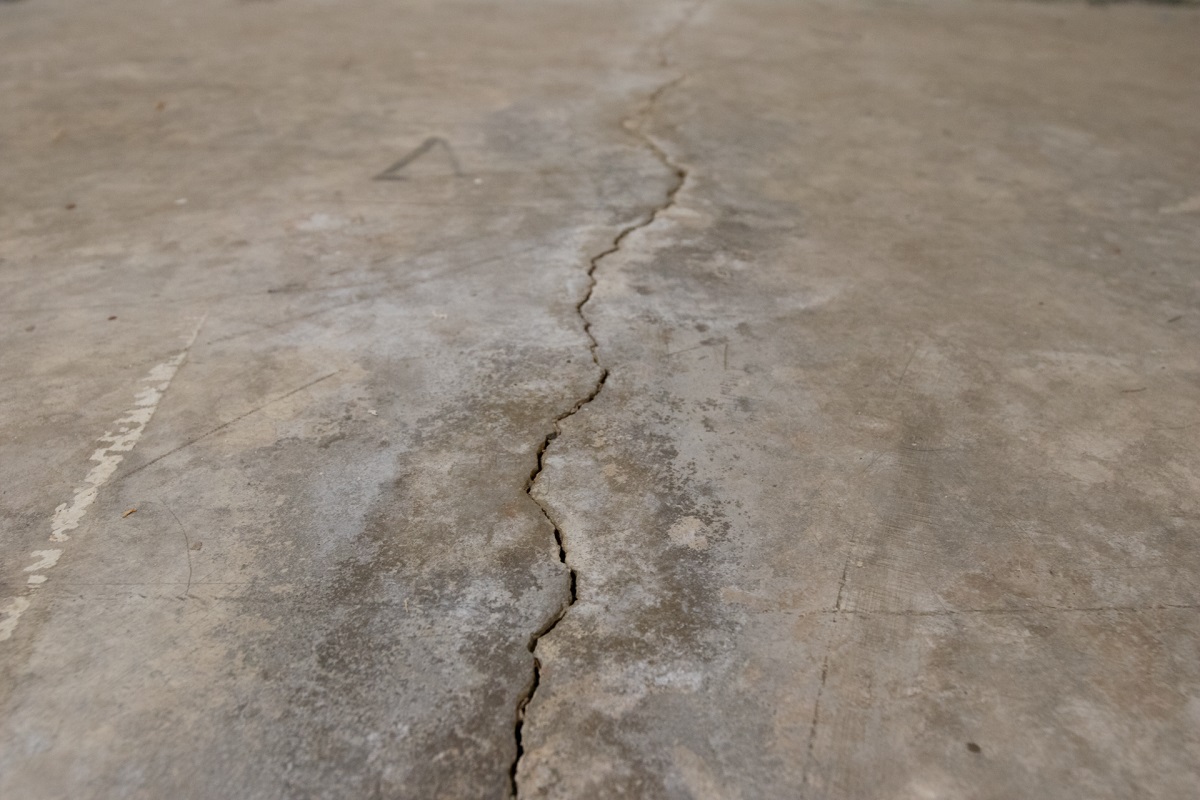

Articles
How To Inspect And Prevent Cracks In The Basement Floor
Modified: February 20, 2024
Discover important articles about cracks in your basement floor and learn when to be concerned. Don't let these cracks go unnoticed. Take action today.
(Many of the links in this article redirect to a specific reviewed product. Your purchase of these products through affiliate links helps to generate commission for Storables.com, at no extra cost. Learn more)
Introduction
A cracked basement floor can be a cause for concern for many homeowners. Not only can it be unsightly, but it may also indicate underlying structural issues that need to be addressed. Understanding the common causes of cracks in basement floors, and when to worry about them, is crucial for maintaining the integrity and safety of your home.
There are various factors that can contribute to cracks in basement floors. It could be a result of natural settlement over time, shifting soil conditions, or even poor construction practices. Identifying the types of cracks and their significance is essential in determining the appropriate course of action.
In this article, we will explore the different causes of cracks in basement floors, the types of cracks and their importance, signs of potential structural issues to look out for, when to worry, the importance of professional inspection, and preventative measures and maintenance tips to help keep your basement floor in good condition.
Key Takeaways:
- Cracks in basement floors can be caused by natural settlement, shifting soil conditions, poor construction practices, water damage, freeze-thaw cycles, and poorly compacted fill material. Identifying the causes and types of cracks is crucial for appropriate repair and maintenance.
- Professional inspection is essential for accurately diagnosing and addressing cracks in basement floors. Taking preventative measures, such as maintaining proper drainage, controlling moisture, and regular maintenance, can help minimize the occurrence of future cracks and protect the overall health of the basement.
Read more: How To Fix Basement Floor Cracks
Common Causes of Cracks in Basement Floors
Cracks in basement floors can be caused by a variety of factors. Understanding the common causes can help you identify the root issue and take appropriate measures to prevent further damage. Here are some of the most common causes of cracks in basement floors:
- Natural Settlement: Over time, the ground beneath your home will naturally settle. This settling can cause the foundation to shift and create cracks in the basement floor. While some settling is normal, significant cracks should be evaluated by a professional.
- Shifting Soil Conditions: Changes in soil moisture content and consistency can lead to soil expansion and contraction. This can exert pressure on the foundation walls and cause them to shift, resulting in cracks in the basement floor.
- Poor Construction Practices: Incorrectly prepared or compacted soil before laying the concrete slab can lead to inadequate support and stability. This can eventually result in cracks in the basement floor.
- Water Damage: If water is allowed to accumulate around or beneath the concrete slab, it can weaken the structural integrity of the floor and lead to cracking. This can occur due to poor drainage systems, plumbing leaks, or flooding.
- Freeze-Thaw Cycles: In areas with freezing temperatures, water can seep into small cracks in the basement floor. When the water freezes and expands, it can widen the cracks and cause further damage.
- Poorly Compacted Fill Material: If the soil beneath the concrete slab was not properly compacted before construction, it can settle unevenly and create stress on the basement floor, resulting in cracks.
It is important to note that these are just some of the common causes of cracks in basement floors. Each case may be unique, and a professional assessment is recommended to accurately identify the cause and determine the best course of action for repair.
Types of Cracks and Their Significance
Cracks in basement floors can vary in size, shape, and direction, and each type can indicate different underlying issues. Understanding the types of cracks and their significance is essential in determining the severity of the problem. Here are some common types of cracks and what they may indicate:
- Hairline Cracks: Hairline cracks are very thin cracks that are typically less than 1/16 inch wide. They are often superficial and may occur as a result of normal settlement or drying shrinkage of the concrete. While hairline cracks are usually not a major concern, they can allow moisture to seep through, leading to potential moisture-related issues.
- Vertical Cracks: Vertical cracks are cracks that run straight up and down or are slightly angled. These cracks can be a sign of settling or shifting of the foundation. Small vertical cracks may not be alarming, but if they become wider or are accompanied by other signs, such as bowing walls or sloping floors, it may indicate a more serious structural issue that requires professional attention.
- Diagonal Cracks: Diagonal cracks are cracks that are slanted or at an angle. These cracks can be indicative of differential settlement or soil movement. Diagonal cracks that are wider at the top may suggest foundation movement, while those wider at the bottom may indicate soil pressure pushing against the foundation. Professional inspection is recommended to assess the severity.
- Horizontal Cracks: Horizontal cracks are cracks that run parallel to the ground and are usually caused by hydrostatic pressure from water-saturated soil. These cracks can be a sign of excessive soil pressure against the foundation or poor drainage. Horizontal cracks should be taken seriously, as they can signify a compromised foundation and the potential for water intrusion.
- Cracks with Bulging or Displacement: Cracks that are accompanied by bulging or displacement of the basement floor may indicate more significant structural problems, such as foundation movement or instability. These cracks need immediate professional attention, as they can compromise the safety and stability of the entire structure.
It’s important to remember that the significance of a crack depends on various factors, including its size, direction, and the presence of other related issues. In general, if you notice any cracks in your basement floor, it’s best to consult with a professional to assess the situation and determine the appropriate steps for repair and stabilization.
Signs of Potential Structural Issues
Identifying signs of potential structural issues in your basement is crucial for addressing problems early on and preventing further damage. Here are some common signs that may indicate underlying structural issues:
- Bowing or Bulging Walls: If you notice that the walls in your basement are bowing inward or bulging outward, it may indicate significant pressure from the surrounding soil and potential foundation issues. This is a serious concern and should be inspected by a professional immediately.
- Sloping or Uneven Floors: If the basement floor feels uneven or slopes noticeably, it may suggest foundation settlement or movement. This can be caused by a variety of factors, including poor soil conditions or improper construction. It’s important to address this issue promptly, as it can lead to further structural problems.
- Cracks in Walls or Ceiling: While our focus is on basement floor cracks, it’s worth mentioning that cracks in the walls or ceiling of your basement can also be indicative of structural issues. If you observe significant cracking in conjunction with floor cracks, it may further confirm the presence of underlying problems.
- Sticking Doors or Windows: Difficulty in opening or closing doors and windows in the basement can be caused by foundation movement. As the foundation shifts, it can affect the alignment of doors and windows, leading to increased resistance when operating them.
- Excessive Moisture or Dampness: If you notice persistent moisture or dampness in your basement, it could be a sign of poor drainage, water intrusion, or foundation cracks that are allowing moisture to seep in. This can lead to mold growth, musty odors, and other potential health hazards.
- Noticeable Gaps or Spaces: Severe foundation movement may result in visible gaps or spaces between the basement floor and the walls or between the walls themselves. These gaps can compromise the structural integrity of the space and require immediate attention.
If you observe any of these signs in your basement, it is crucial to consult with a professional structural engineer or foundation specialist. They can assess the situation, identify the underlying causes, and recommend appropriate repair solutions to ensure the stability and safety of your home.
If you notice new or widening cracks in your basement floor, especially accompanied by water seepage or a musty odor, it’s time to consult a professional for a thorough inspection and potential repairs.
When to Worry about Cracks in Basement Floors
While not all cracks in basement floors are cause for immediate concern, there are certain factors to consider when determining if cracks warrant attention and professional intervention. Here are some indications of when to worry about cracks in basement floors:
- Size of the Cracks: Generally, smaller, hairline cracks are less worrisome and can be considered normal due to natural settlement and drying shrinkage of concrete. However, if the cracks are wider than 1/16 inch or are increasing in width, it may be a sign of a more serious issue.
- Number and Location of Cracks: If there are numerous cracks in the basement floor or if they are clustered together, it could be a red flag. This may indicate excessive shifting or settlement of the foundation, which requires immediate attention.
- Presence of Other Signs: If the cracks in the basement floor are accompanied by other signs of structural issues, such as bowing walls, sloping floors, or sticking doors and windows, it is important to seek professional assistance. These signs suggest a more significant problem that needs to be resolved.
- Water Seepage: If water is seeping through the cracks in the basement floor or if there is excessive moisture and dampness in the area, it is a cause for concern. Water intrusion can weaken the foundation and lead to further damage, as well as potential mold growth and health hazards.
- Cracks with Displacement or Bulging: Cracks that are accompanied by the displacement or bulging of the basement floor indicate a more severe structural issue. These cracks suggest movement or instability in the foundation, which can compromise the overall stability of the building.
It is important to remember that every situation is unique and that cracks in basement floors should be assessed on an individual basis. If you are unsure about the severity or significance of the cracks, it is advisable to consult with a professional engineer or foundation specialist. They can evaluate the cracks, identify any underlying problems, and recommend the appropriate steps for repair and prevention.
Regardless of the size or severity of the cracks, it is always better to err on the side of caution and seek expert advice to ensure the integrity and safety of your home.
Read more: How To Fix Cracks In Basement Floor
Importance of Professional Inspection
When it comes to evaluating cracks in basement floors and determining the potential structural issues, the importance of a professional inspection cannot be overstated. Here are several reasons why a professional inspection is crucial:
- Expertise and Experience: Professional inspectors have the knowledge, expertise, and experience to accurately assess cracks in basement floors. They are trained to identify the underlying causes of the cracks and any related structural issues that may be present. Their expertise allows them to provide an accurate diagnosis and recommend appropriate solutions.
- Diagnostic Tools and Technology: Professional inspectors have access to specialized tools and technology that can aid in the evaluation of basement floor cracks. These tools can include moisture meters, thermal imaging cameras, and laser levels, among others. By using advanced diagnostic equipment, inspectors can gather more precise data and make informed assessments.
- Comprehensive Evaluation: During a professional inspection, the entire foundation and basement area will be thoroughly examined. This allows for a comprehensive evaluation of the cracks, as well as the identification of any associated structural issues. A professional inspector will consider all relevant factors and provide a comprehensive report detailing their findings.
- Accurate Diagnosis: A professional inspection ensures that the cause and significance of the cracks in the basement floor are accurately diagnosed. This is critical for determining the appropriate course of action for repair or stabilization. Misdiagnosis can lead to ineffective repairs or overlooked issues, resulting in further damage and potentially higher repair costs in the future.
- Peace of Mind: One of the most significant benefits of a professional inspection is the peace of mind it provides. By having a thorough evaluation of the cracks in your basement floor conducted by an expert, you can have confidence in the accuracy of the assessment and the recommended solutions. This can alleviate the stress and uncertainty associated with potential structural issues.
Overall, investing in a professional inspection is vital when dealing with cracks in basement floors. It ensures that the correct problem is identified, appropriate measures are taken to address the issues, and potential risks are mitigated. By relying on the expertise and knowledge of professionals, you can have peace of mind knowing that your home’s foundation and structural integrity are being properly evaluated and maintained.
Preventative Measures and Maintenance Tips
While it’s important to address existing cracks in basement floors, taking preventative measures and following proper maintenance practices can help minimize the occurrence of future cracks and protect the overall health of your basement. Here are some preventative measures and maintenance tips to consider:
- Maintain Proper Drainage: Ensure that your home has adequate drainage systems in place to manage water runoff effectively. Maintain clean gutters, downspouts, and extenders to direct water away from the foundation and basement area. Consider grading the landscape away from the foundation to prevent excess moisture accumulation around the perimeter.
- Monitor and Control Moisture: Regularly check for signs of moisture or dampness in the basement. Repair any plumbing leaks or faulty pipes promptly, and consider installing a sump pump or dehumidifier to manage humidity levels. Keep the basement well-ventilated to prevent excessive moisture buildup.
- Inspect and Maintain Foundation: Regularly inspect the foundation for any signs of cracks, settlement, or shifting. If you notice any issues, consult with a professional to assess the severity and determine the appropriate course of action. Keep an eye on the basement walls for signs of bowing or bulging and address these issues promptly.
- Control Exterior Water: Make sure that the soil around the perimeter of your home is properly graded to direct water away from the foundation. Avoid overwatering plants near the foundation, as excessive moisture can seep into the basement floor and lead to cracks. Consider installing proper waterproofing measures, such as exterior foundation membranes or French drains, if necessary.
- Avoid Overloading: Be mindful of the weight and load-bearing capacities in your basement. Avoid storing excessively heavy items or placing heavy equipment directly on the basement floor. If needed, reinforce the floor with additional support, such as beams or columns, to distribute the weight evenly.
- Regular Maintenance: Conduct routine inspections of your basement and address any minor cracks or issues immediately. Repair small cracks in the basement floor using appropriate sealants or epoxy fillers to prevent them from expanding. Regularly clean and maintain the basement to prevent the accumulation of debris or moisture that can contribute to cracks.
Remember, prevention and regular maintenance are integral to preserving the integrity of your basement floor and foundation. By taking proactive measures and promptly addressing any issues that arise, you can help minimize the risk of developing significant cracks and ensure the long-term stability and durability of your home.
Conclusion
Cracks in basement floors can be a cause for concern, as they can indicate underlying structural issues that need to be addressed. While some cracks may be superficial and not pose a significant threat, others can signal more severe problems that require professional attention. By understanding the common causes of cracks, the types of cracks and their significance, as well as the signs of potential structural issues, homeowners can make informed decisions about when to worry and seek professional inspection.
Professional inspection is essential for accurately diagnosing the cause and severity of cracks in basement floors. Professional inspectors have the expertise, tools, and experience to provide a comprehensive evaluation, ensuring that the appropriate solutions are implemented. This not only helps to maintain the integrity and safety of the home but also provides peace of mind for homeowners.
In addition to professional inspections, taking preventative measures and following proper maintenance practices can help minimize the occurrence of cracks and protect the overall health of the basement. Maintaining proper drainage, monitoring and controlling moisture, inspecting and maintaining the foundation, controlling exterior water, avoiding overloading, and conducting regular maintenance are key steps in preventing future issues.
In conclusion, cracks in basement floors should not be taken lightly. They should be evaluated on an individual basis, considering factors such as size, location, and the presence of other signs. Seeking professional advice when needed and implementing preventative measures can help homeowners mitigate the risks associated with cracks and ensure the long-term stability of their homes.
Remember, a well-maintained basement floor is essential for a safe and strong foundation, creating a solid base for your home and providing peace of mind for you and your family.
Frequently Asked Questions about How To Inspect And Prevent Cracks In The Basement Floor
Was this page helpful?
At Storables.com, we guarantee accurate and reliable information. Our content, validated by Expert Board Contributors, is crafted following stringent Editorial Policies. We're committed to providing you with well-researched, expert-backed insights for all your informational needs.
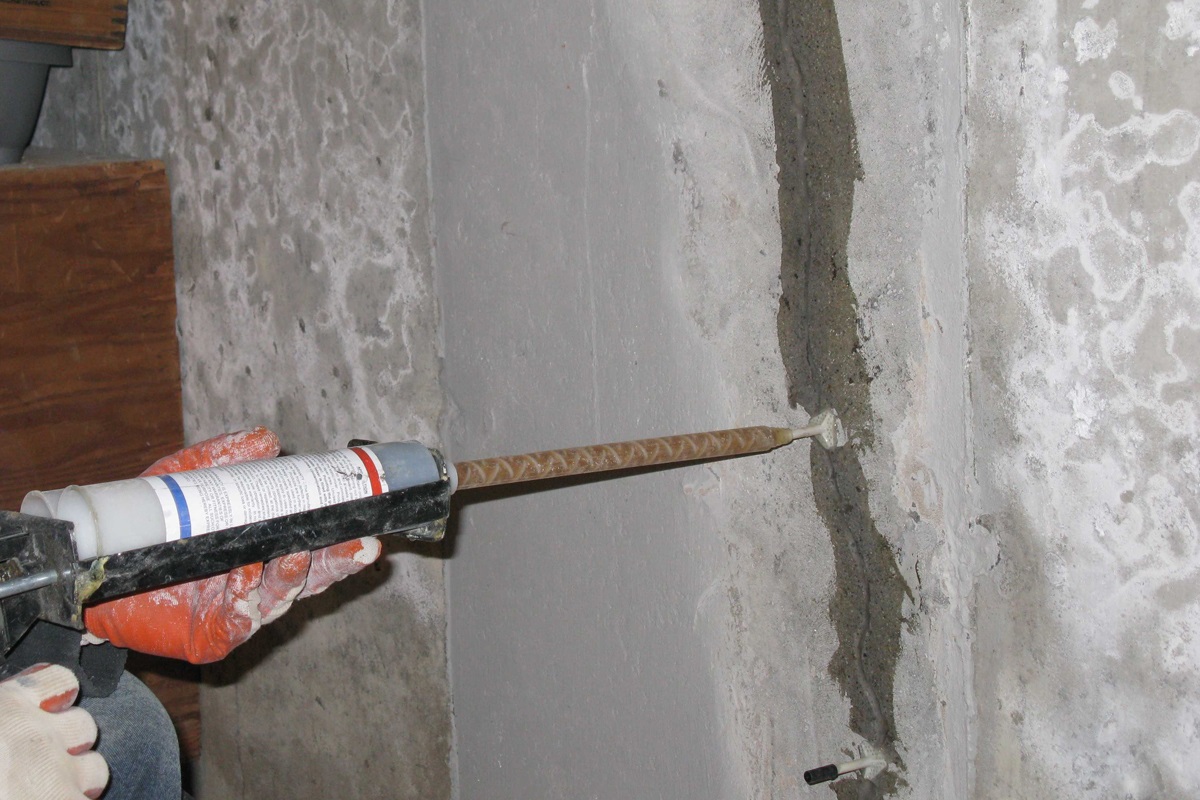
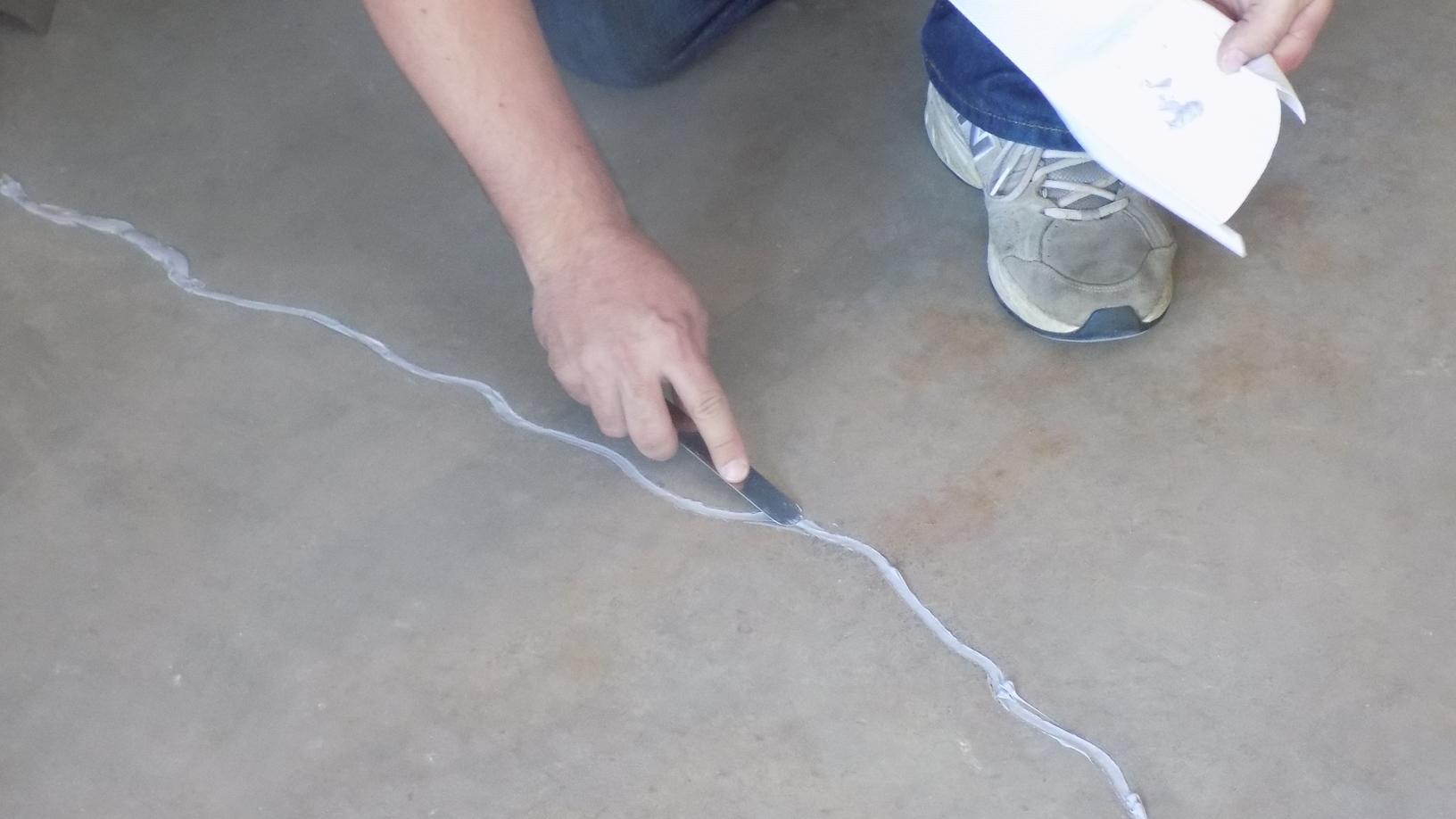
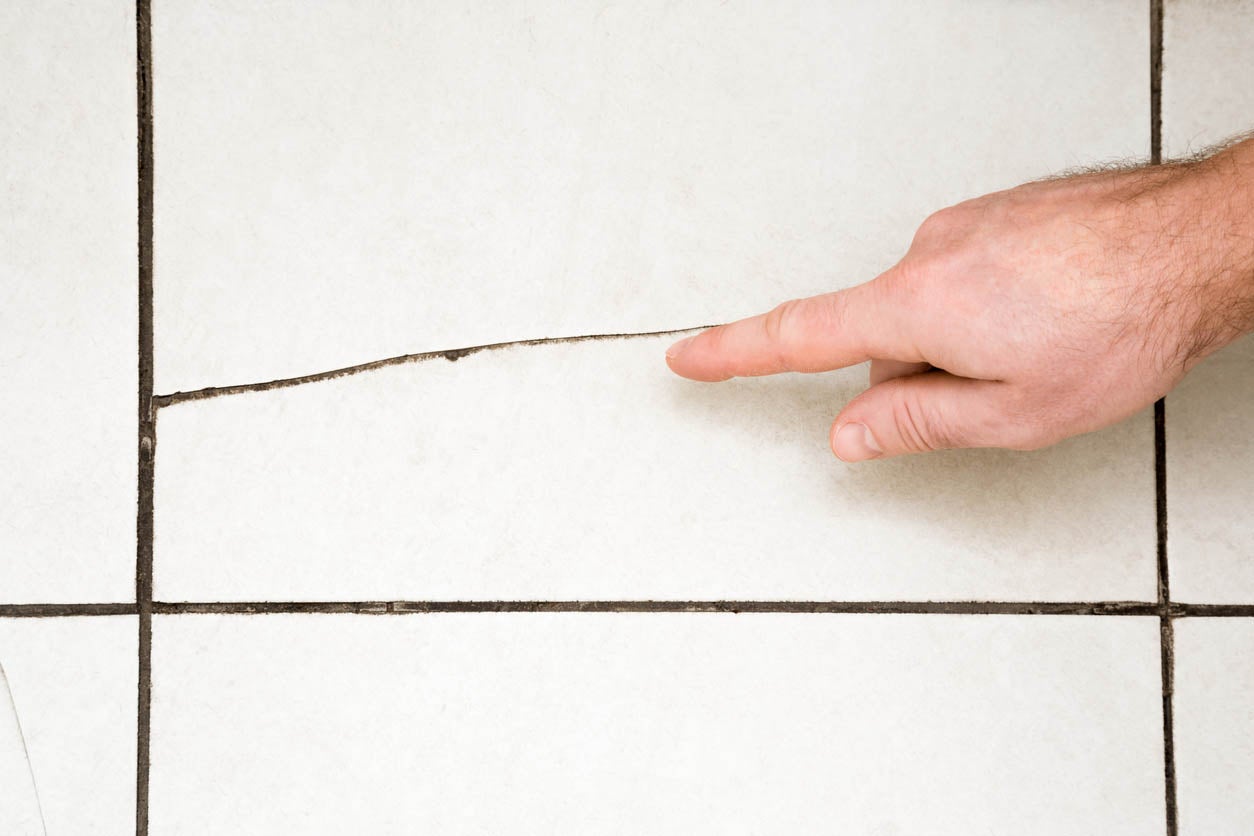
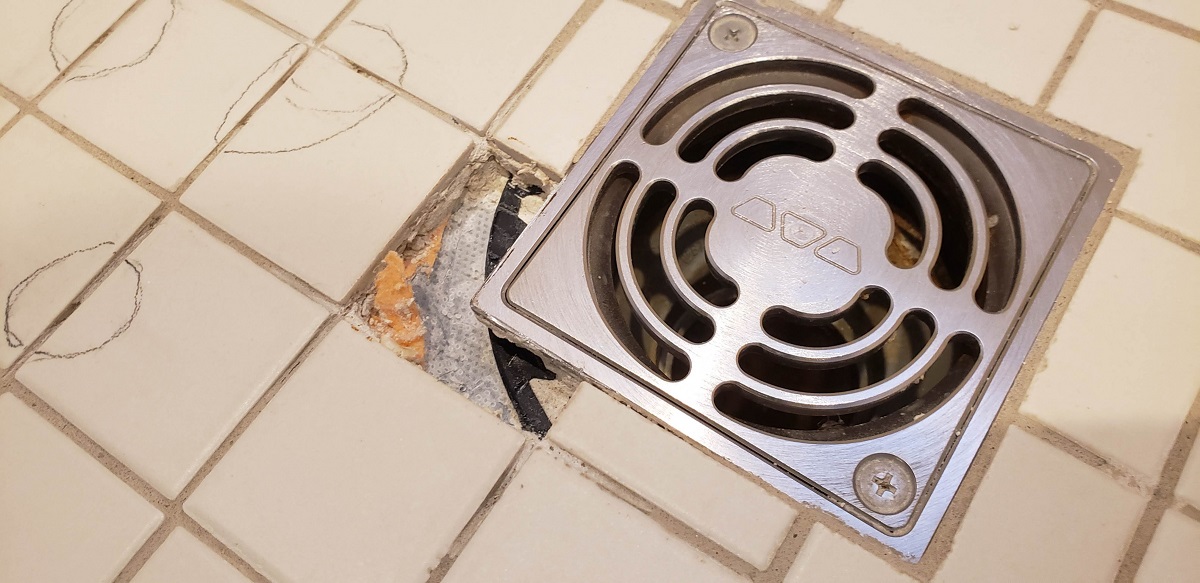
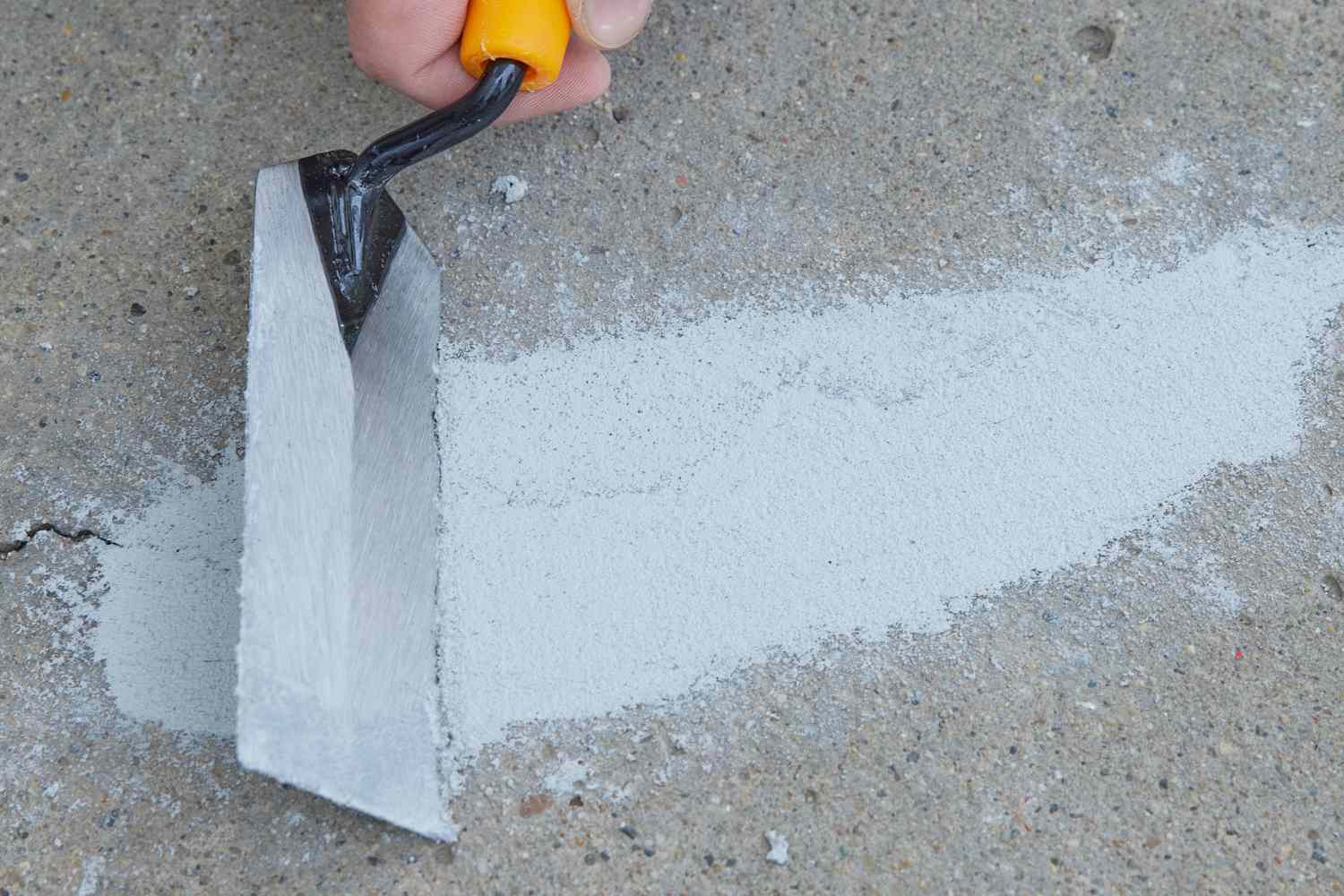
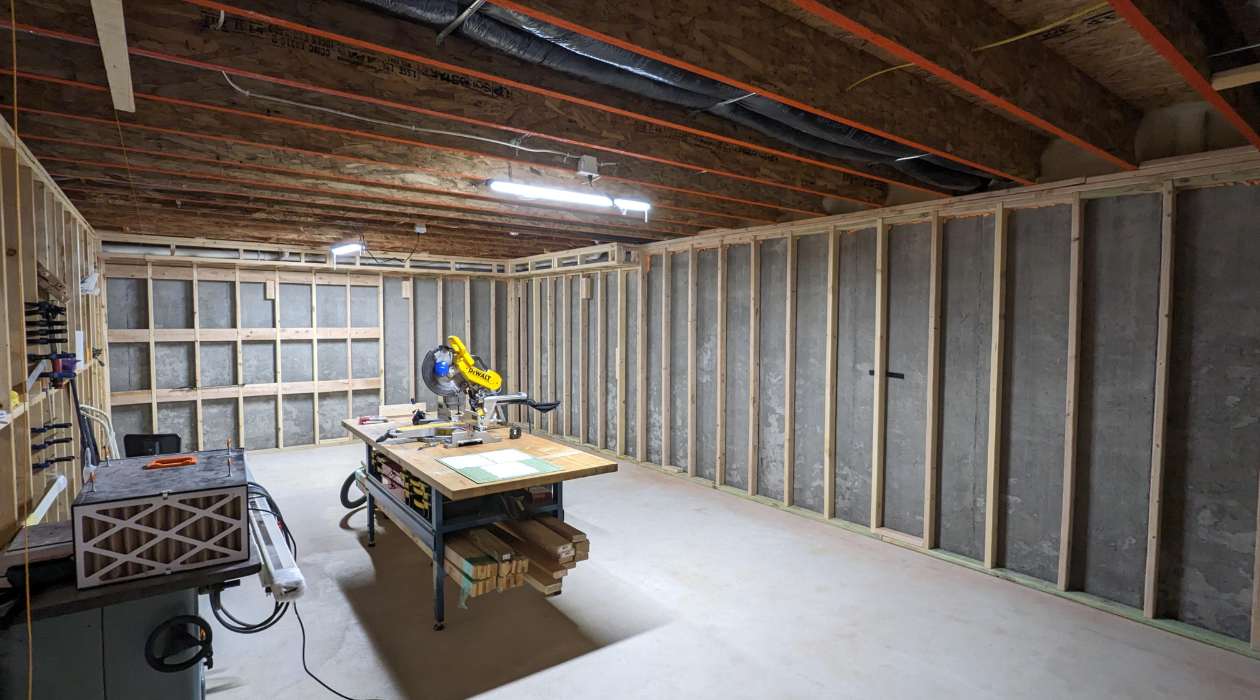
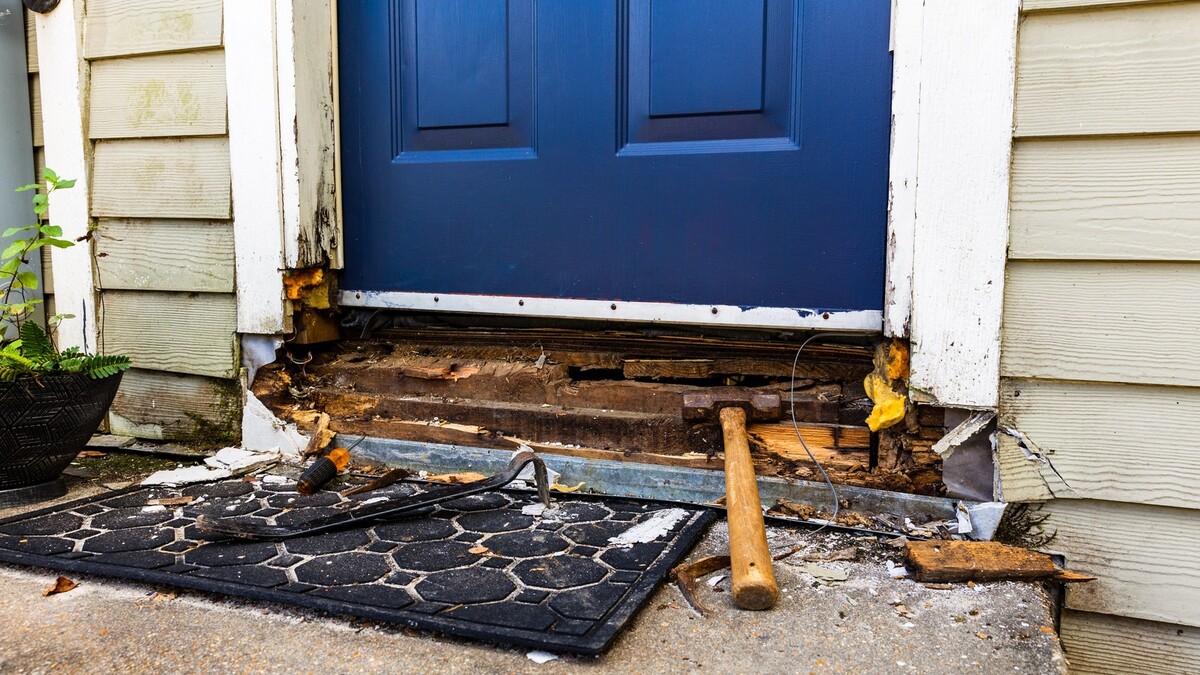
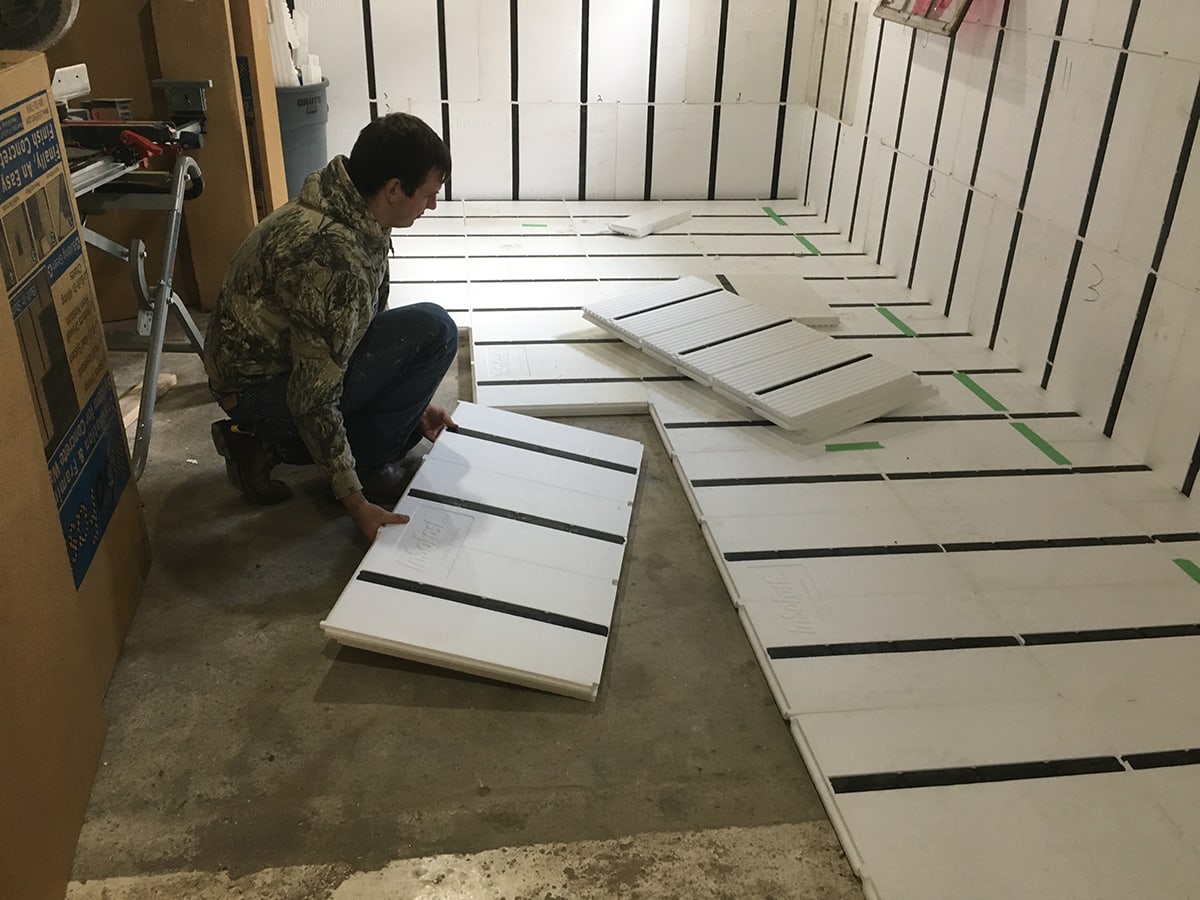
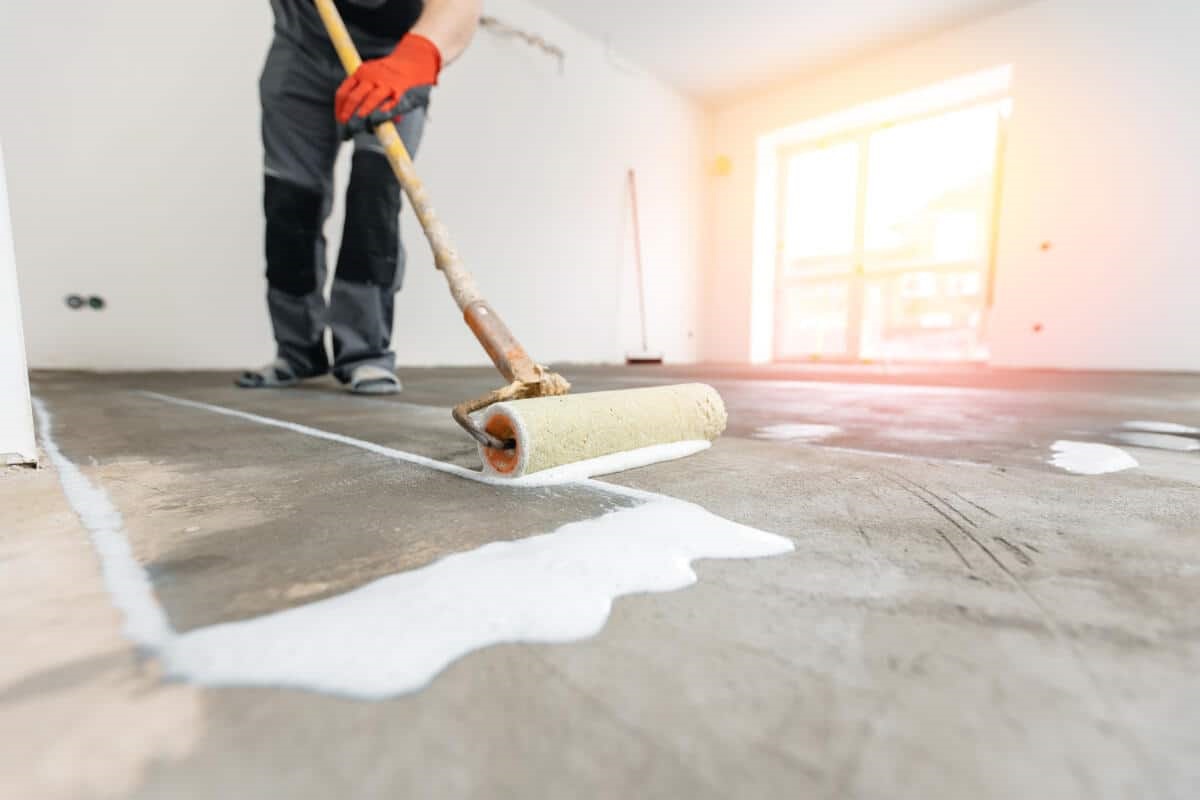

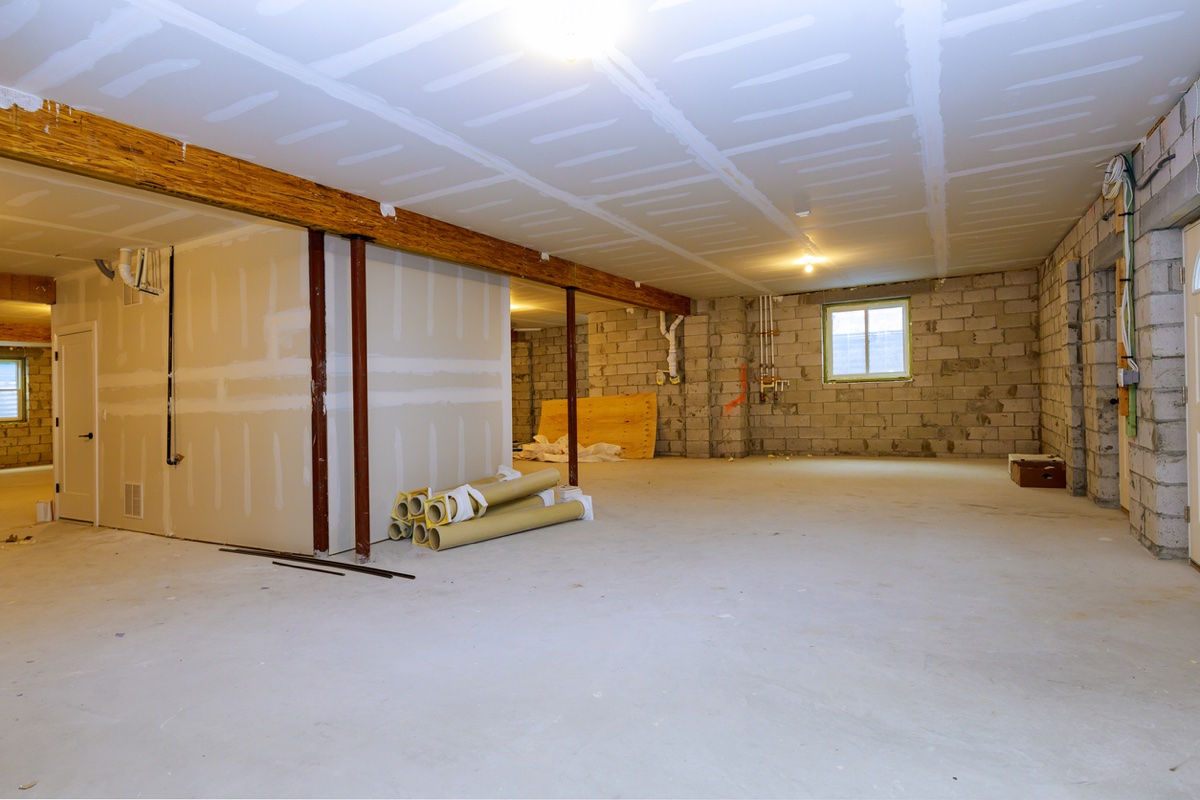
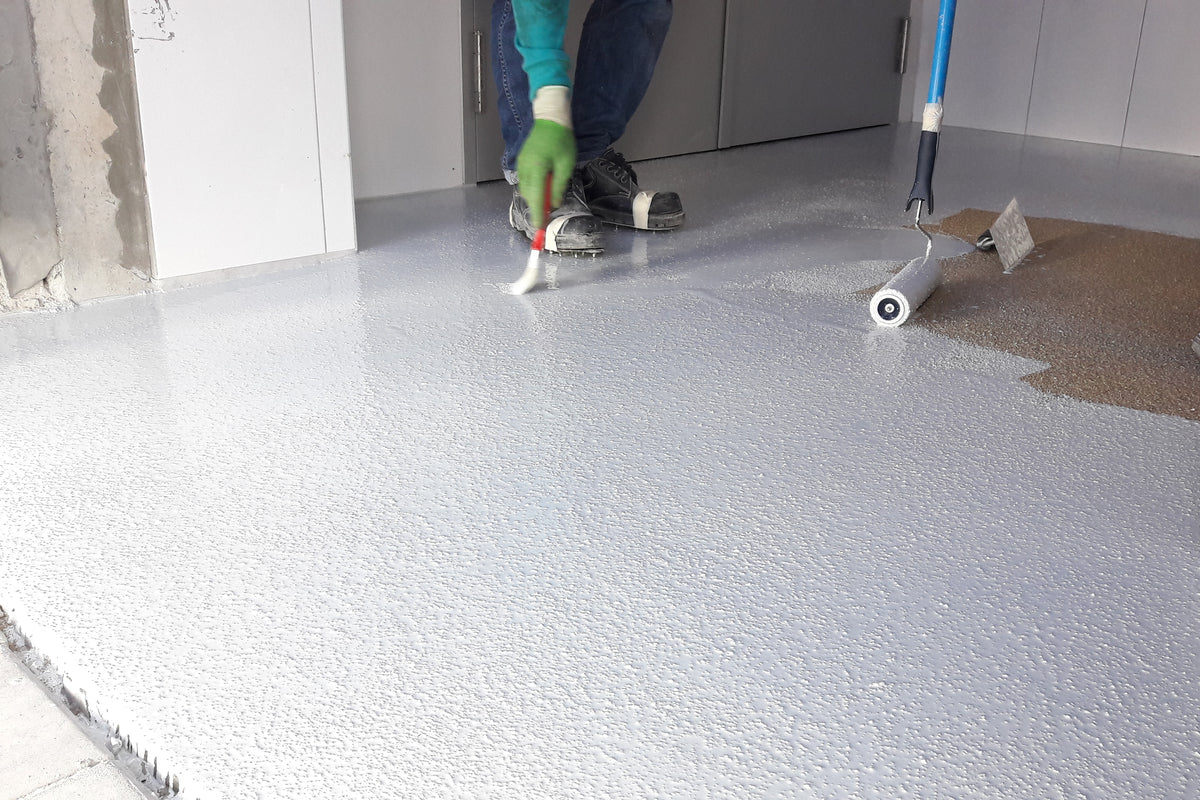



0 thoughts on “How To Inspect And Prevent Cracks In The Basement Floor”